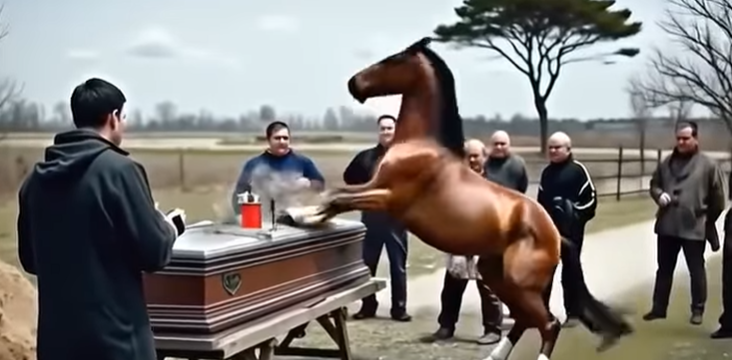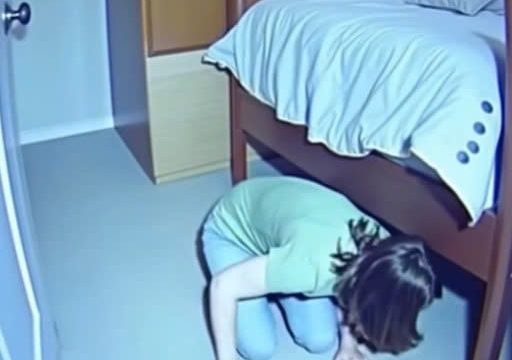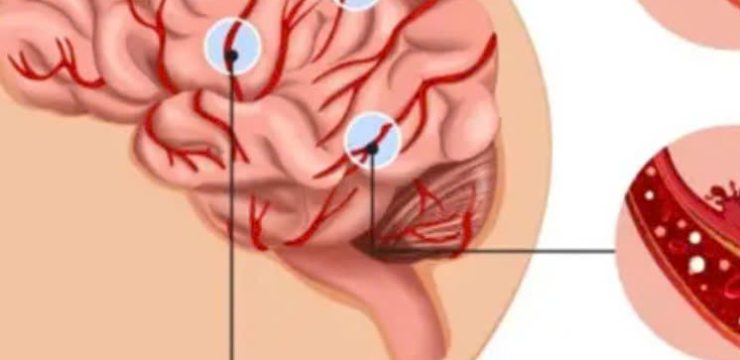Hidden object puzzles are a fun and engaging way to test your observation and problem-solving skills, and the one we’re talking about today is no exception. This black-and-white drawing may look simple at first glance, but look again—it cleverly conceals four everyday objects that are expertly blended into the artwork.
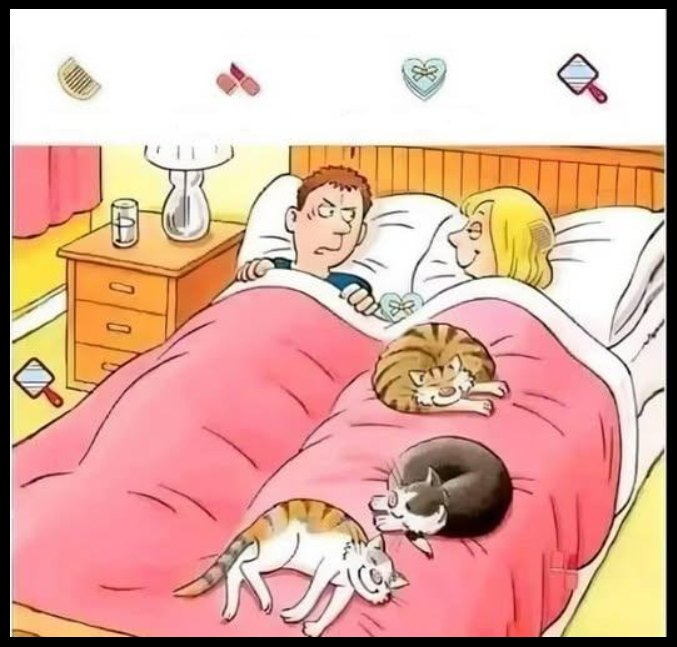
The challenge? To find all four hidden items without any hints or spoilers. This kind of visual brain teaser is designed to make you slow down, pay attention, and examine every corner of the image more carefully than you normally would. At first, you might not see anything unusual. That’s completely normal. The key to solving puzzles like this isn’t about rushing through it or expecting something to pop out immediately. Instead, it’s all about taking your time, adjusting your approach, and keeping your eyes open to patterns that don’t quite fit. Start by dividing the picture into smaller sections and inspecting each part individually.
Focus on unusual lines or shapes that seem out of place. Sometimes, rotating the image slightly or even stepping back from your screen can help your brain process the visual information differently. The mind has a tendency to fill in blanks or overlook small details when it believes it already understands what it’s seeing. This phenomenon is part of why hidden object puzzles are such powerful tools for sharpening our perception. What’s especially interesting about this puzzle is that the objects hidden within it are ordinary items—things we see or use every day—yet our brains don’t immediately register them because they’re camouflaged within the larger drawing. This creates a fun conflict between what we think we see and what’s actually there.
It’s a great reminder of how much our perspective can shift simply based on how we look at things. The sense of satisfaction that comes with finally spotting one of the hidden objects is hard to beat. That “aha!” moment lights up your brain and gives you a little boost of confidence. And once you find the first one, it usually becomes easier to spot the rest because your brain starts to reframe the entire image with new possibilities. These types of puzzles can also be surprisingly relaxing. While they definitely challenge your attention to detail, they also encourage a kind of quiet focus that can help you tune out distractions.
It’s no wonder they’ve become popular online as both entertainment and mental exercise. They require no fancy equipment, no time limit, and you can do them alone or with friends. If you’re solving it with someone else, it’s fun to compare findings and see how different minds approach the same problem. Sometimes a second pair of eyes will catch something you missed entirely. And don’t be discouraged if you don’t find all four items right away. These puzzles are meant to be tricky, and everyone notices different things at different times. What matters most is the process—observing closely, thinking critically, and enjoying the moment when a cleverly hidden shape finally reveals itself. If you find yourself stuck, take a break and come back to it later with fresh eyes.
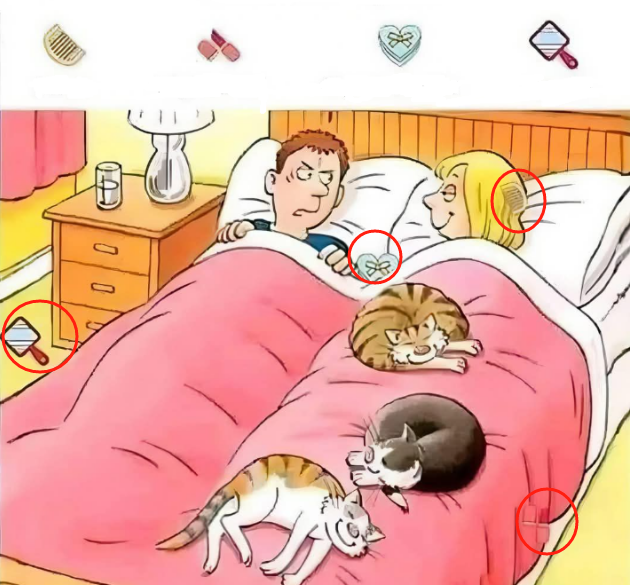
Often, just a short pause can help reset your brain and allow you to spot something you previously overlooked. Whether you find all four items quickly or it takes a bit longer, the real reward is the mental workout and the satisfaction of solving the challenge. So go ahead, grab a quiet spot, pull up the image, and dive into the search. Train your eyes, trust your instincts, and see how many hidden objects you can uncover in this clever visual puzzle. You might be surprised by how quickly your perception sharpens as you work through each detail. Hidden object puzzles like this aren’t just a passing trend—they’re a great way to keep your brain active and sharp, and they’re a lot of fun too. Give it your best shot and enjoy every moment of the search.


